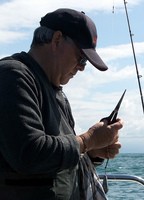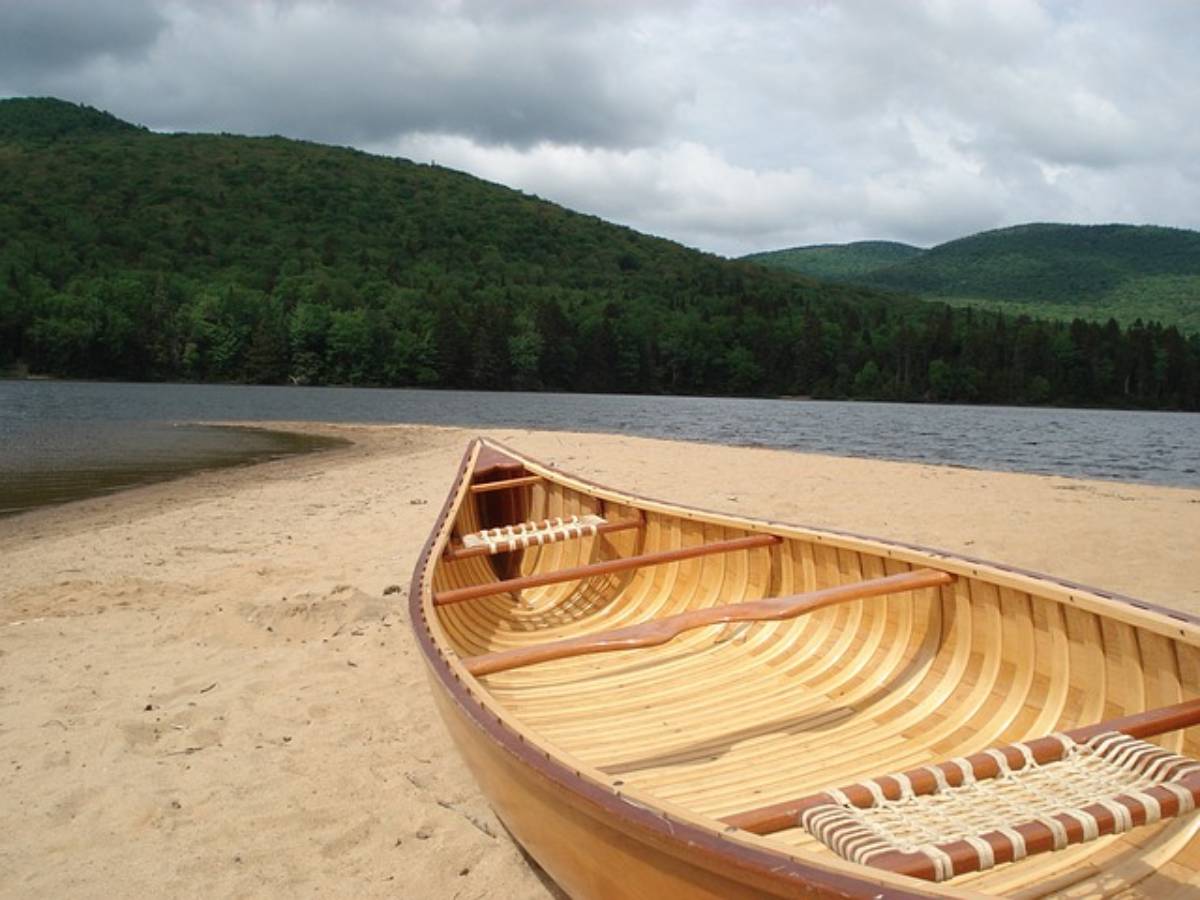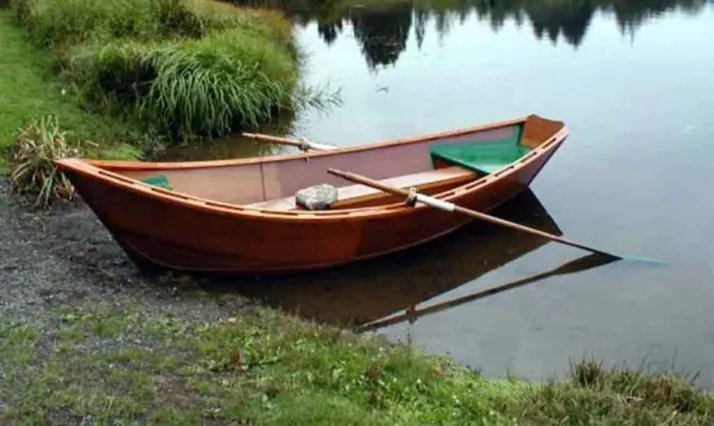 One of the most important aspects of fly fishing is knot tying.
One of the most important aspects of fly fishing is knot tying.
If knots are not tied appropriately for the situation at hand or if they aren’t tied correctly, then you’re not likely to land many fish.
Here are some tips for tying knots.
Plus lots of links to the best sites for learning to tie your own fly fishing knots — including animated photos and videos!
Lubricating & Seating The Knot
Always lubricate the knot you are tying before you tighten it in order to keep it secure. This also helps the knot slide and seat properly, and keeps the line cool. Heat from friction can weaken both the line and the knot that you’ve tied.
To moisten the knot, you can either use water from the stream or lake, or your own saliva. It’s simply a matter of preference. Once the knot is moist, tighten it with one consistent pull — instead of tugging on it 2 or 3 times. The continuous pull is known to fly anglers as “seating the knot.”
Once the knot is seated, test it to be certain it is secure. Nothing is worse than having a nice-sized fish on your line and losing it because your knot has slipped or come untied. Always be sure to clip excess material away from your knot but be sure not to knick it. A pair of sharp fingernail clippers does a perfect job.
Backing the Reel
If the monofilament line is not attached to the reel properly, you’re fishing experience will not be a positive one. The term for applying the line to the reel is known as “backing the reel.”
Here’s how to do it:
- Place the tag end (also known as the working end) of the monofilament line around the reel spool twice.
- Bring the line out from the same set of steel pillars that you inserted it into.
- Use an overhand or arbor knot at the end of the line.
- Tighten securely, remembering to moisten the knot.
- Tie another overhand or arbor knot to the standing line, which is the line coming from the reel.
- Tighten securely.
- Pull the standing line and tighten the knot securely against the reel.
- Wind backing on securely.
A Basic Knot: Surgeon’s Knot
When surgeons are in medical school, they learn to tie a certain type of knot. The surgeon’s knot is perfect for tying a short line to a longer one.
Here’s how to do it:
- Form an overhand loop.
- Bring the end of the line through the overhand loop.
- Be sure to use the overlapping line.
- Pull all of your ends tight.
- Be certain to work with both lines together.
- Be sure both loops are of equal size to prevent the knot from weakening.
 This is only one of the many knots you will need to know how to tie, if you are going to be a successful fly fishing angler.
This is only one of the many knots you will need to know how to tie, if you are going to be a successful fly fishing angler.
To learn how to tie more fly fishing knots, check your local tackle shop or search online for books on tying fly fishing knots.
Then practice tying them at home until you’ve perfected you knot tying skills. Practice makes perfect as the old saying goes. Perfect knots will make for a more enjoyable fly fishing experience.
Other Fly Fishing Knots
![]() Animated Knots Directory – see how to tie knots, step by step, with these clever animated photos
Animated Knots Directory – see how to tie knots, step by step, with these clever animated photos
![]() Fly Fishing Knots – what they’re used for and how to tie them
Fly Fishing Knots – what they’re used for and how to tie them
![]() Common Fly Fishing Knots – these are helpful to know, includes colorful photos of the end product
Common Fly Fishing Knots – these are helpful to know, includes colorful photos of the end product
![]() Fly Fishing Knots To Know – the basics about fly fishing knots
Fly Fishing Knots To Know – the basics about fly fishing knots
![]() Fly Fishing Knots – with illustrated instructions
Fly Fishing Knots – with illustrated instructions
![]() Animated Knot Tying – more animated instructions
Animated Knot Tying – more animated instructions
![]() Fly Anglers Knots – one of the largest collections of knots, also with animated photo instructions
Fly Anglers Knots – one of the largest collections of knots, also with animated photo instructions
![]() Videos Illustrating Fly Fishing Knots – from Expert Village
Videos Illustrating Fly Fishing Knots – from Expert Village



